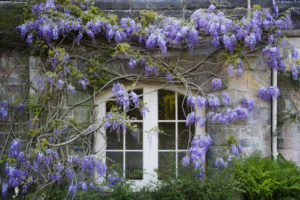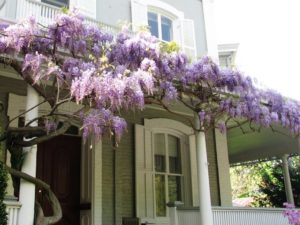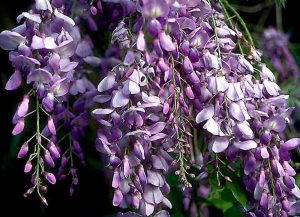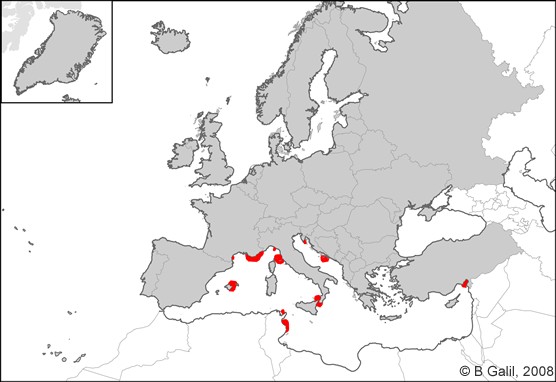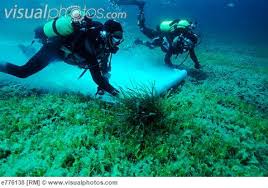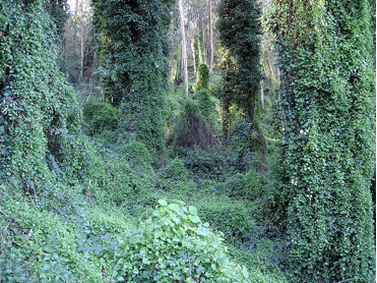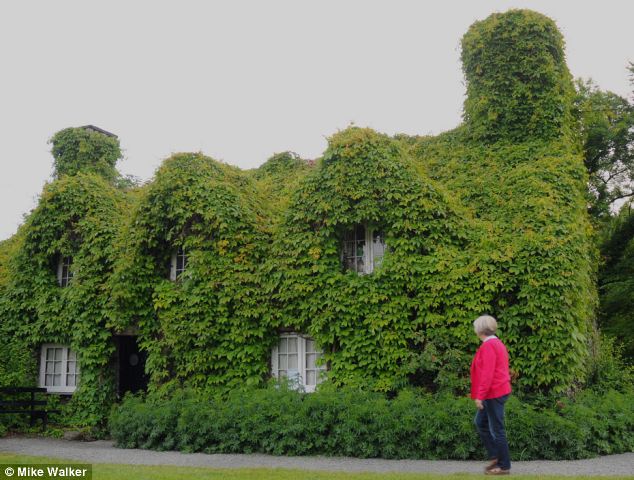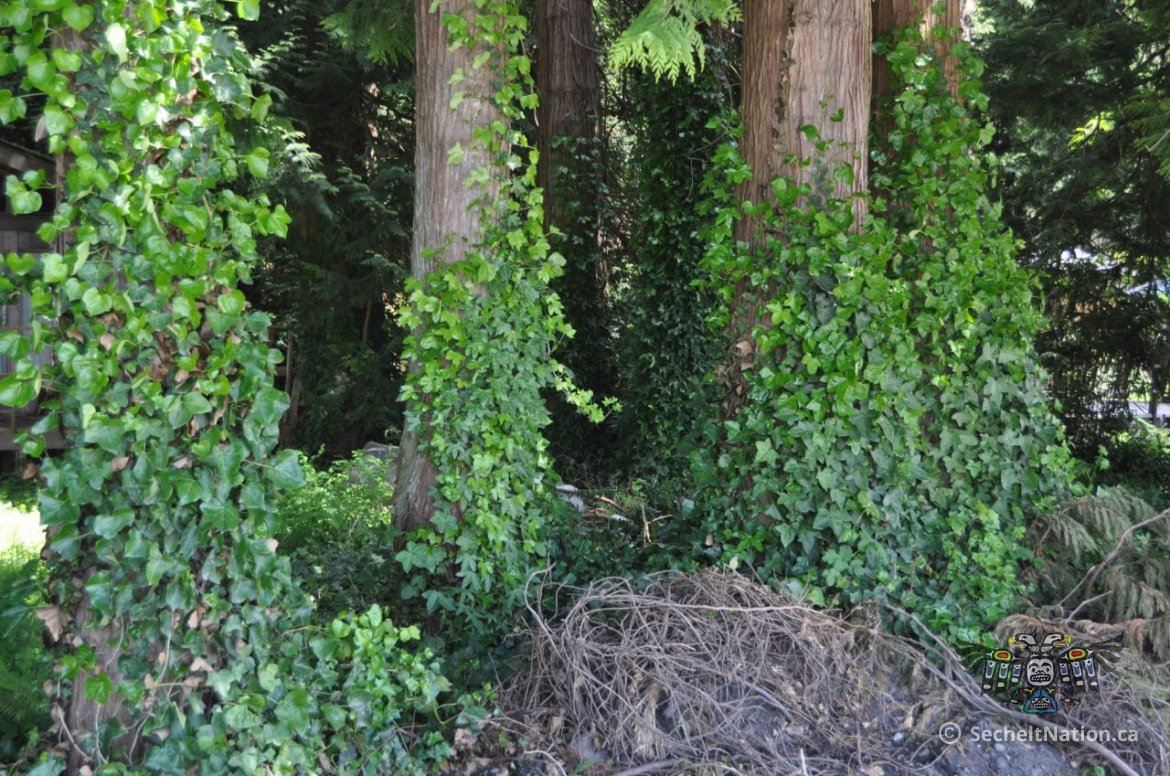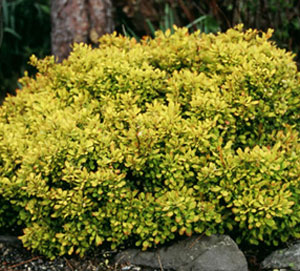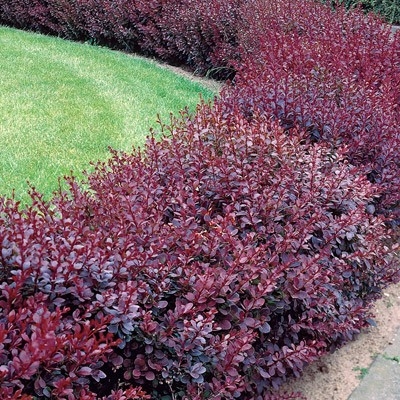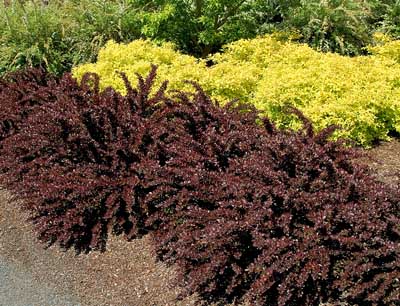Yes, this is a fantasy writer’s blog and I’m talking about gardening. It’s my blog. I can write what want 🙂
I just spent my Sunday 100% computer free yesterday and instead, I spent it in the garden. Many of you probably noticed my last name. Chrysler. Yes. I am distantly related to the Chrysler Corporation. My uncle traced us back to Walter P. Chrysler’s brother or something like that. The Chrysler family no longer owns the Chrysler building or the Corporation and, in all fairness, I will say that the Chrysler family is HUGE. There are many of us scattered all over the State, many of whom I haven’t met.
My grandparents had seven children and now are up to 30+ grandchildren with Odinn knows how many great grandchildren.
50 years ago, my grandfather moved from Binghamton to Marathon, New York. Most cities, towns, villages in New York are named after Greece cities. Marathon, Ithaca, Syracuse, Sparta, Rome are all cities in New York. He selected Marathon because of the Tioughnioga River. *grin* Many people in New York grew up hearing the Native American names. We get a harmless giggle over hearing out-of-towners try to pronounce our regional names. skaneateles, New York is one of my favorites. Pronounced “Skinny-ata-lis” and Schenectady, NY. Pronounced “Ski-neck-ti-dee.”
Tee-off-knee-oh-guh. Tioughnioga River. I grew up beside this river. My grandfather loves it. He said it was so beautiful that he bought a farm next to it. They still own this farmhouse even after my uncle set it on fire (Heheheheee). The same uncle who traced our family lineage. My family is quite extraordinary. But later on that.
I come from a family of third generation farmers. Farming, birds, and gardening is in my blood. Something about soil beneath my finger nails and dirt on my hands, Och! I love it! My Grandfather’s love of farming was passed on to his children…kind of. My father never inherited the passion so when I came along…I was on my own and had to develop my Green Thumb from scratch.
I’ve turned Instagram into a forum of my gardening, which I’m loving! I can take notes, mark the plants progress…wonderful gardening tool! 336 words later and I am finally at my point. Invasive Species. I had no idea what this was until I wanted to plant Wisteria.
Wisteria…OCH! So beautiful! Here!
Stunning. I thought so, until I did more research and found a certain word. “Invasive.” Now I knew what “invasive” meant with animals.
Rabbits do not exist in Australia. Well…they do now. A farmer who wanted to hunt rabbit released them into the Australian wild where there are NO NATURAL PREDATORS. We all know how rabbits reproduce…and with no natural predators to keep them in check…What do you think happened?
Australia now has a massive rabbit problem that is destroying the crops.
On NOVA, I watched a special about a fish lover who had an aquarium containing Caulerpa taxifolia. They were tired of owning a tank and dumped it in the sea off the coast of the Mediterranean. Caulerpa taxifolia is a genetically altered seaweed that was designed to spread along the bottom of an aquarium tank with no maintenance. It was designed to spread until the base is covered…and it was dumped into the Mediterranean.
Do the math…or look at the pics.
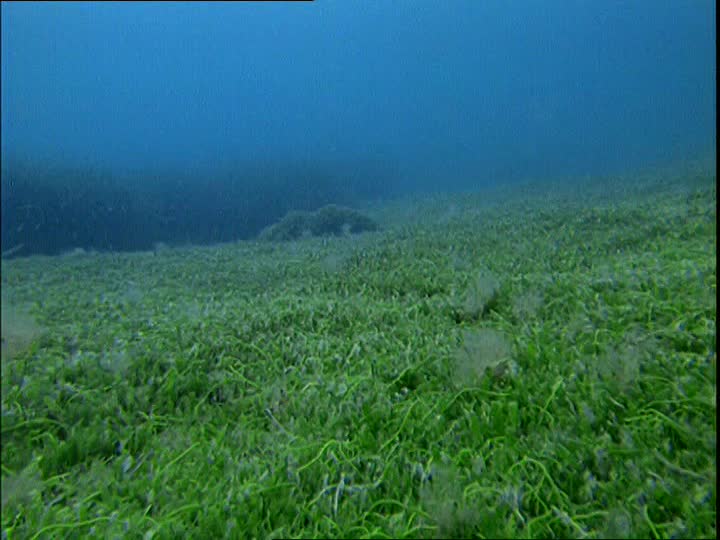
Caulerpa taxifolia blankets the entire sea floor killing off everything in its path and it is spreading. Food sources and habitats are destroyed for native sea life and corals ending the ecological balance in the Mediterranean.
Invasive species is a problem. My favorite bird was the European Starling and English Sparrow…until I learned that the English Sparrow literally rips off the heads of the Eastern Blue Bird. The Eastern Blue Bird here in New York is rare and hard to find. I am a passionate bird watcher and have never seen a Blue Bird. The English Sparrows in my area have killed them all and driven them out. Birds have nesting requirements based on species. The English Sparrow and Blue Bird have the same nesting requirements. The English Sparrow evolved on an island where space was limited. You had to be tough or die. So the European Starling and English Sparrow evolved to be aggressive while the Eastern Blue Bird didn’t. I found pictures, entire websites dedicated to this topic. To win a nesting site, the English Sparrow will rip off the heads of fledglings and mother birds then nest right on top of the carcasses.
It was gruesome. Yes, this is nature…yes, this is “normal,” to an extent…provided they had stayed in their native habitat. The English Sparrow and European Starling are “bully birds” that were introduced to the region a century ago and are driving out the native birds. As a bird lover, this is frustrating, but I have found a way around it. I don’t feed them. My husband and I only put out safflower seed. Squirrels hate Safflower and English sparrows won’t touch it. While Black-Cap Chickadees (my favorite bird), Turtle Doves (or Morning Doves), and Cardinals love it.
So I learned what “invasive” meant and looked into Wisteria. Wisteria is Chinese Wisteria. For those few of you who bothered to watch the Twilight movies (Everyone together…BLECH!) Edward and Bella were married under a grove of Chinese Wisteria.
First, anything introduce to the States from Asia is invasive. The ecological systems do not match. Ever. At all. The end. Asia has an aggressive climate (Think tsunamis and monsoons) that forced the plants there to evolve with a phenomenal growth rate while the States don’t. So plants and animals evolved to multiply fast to stay alive while in the States…we don’t. Everything introduced to the States from Asia will spread without control.
I wish I could find the article, so I will paraphrase. This man purchased Wisteria. It grew up the side of his house…and then his garage. And then his neighbor’s garage. It grew up every house and garage down the entire block. It broke up paved driveways. It spreads on a runner underground then pushes its way through the foundation and up the siding.
His neighbors sued for damages…and won. Don’t buy Wisteria. Don’t buy invasive.
Lily of the valley (also Asian!), left unattended, will blanket the forest ground, killing all plants in its wake. Plants that other animals require for food. Lily of the Valley is poisonous and can not be consumed by animals. It’s why it is deer resistant.
Here’s another common one. English Ivy!
First thing I did when I bought the house I’m living in is rip out the English Ivy. Rip out an invasive species and you will see just how invasive it really is. They’re called “invasive” for a reason. The previous owners had planted four invasive species in the yard. English Ivy, Asian Jasmine, Asian Honeysuckle, Asian Lily of the Valley.
So, at the moment…I have Morrow Honeysuckle (Also from Asia) in my yard. Anything that produces berries are spread by birds who eat the berries. When the bird defecates, it seeds and fertilizes the next plant. Lily of the Valley spreads via rhizomes (that is gardeners talk for root runners that throw out shoots like vines underground. There are no seeds or berries so the lily of the valley can not be spread by birds or wind. I ripped out Lily of the Valley once…and OMG!! HOLY CRAP WAS IT HARD!! The rhizomes grow DEEP. Like six feet deep *gross exaggeration* and break easily. If it breaks, it will come back, so the roots have to be dug out whole. I currently have a run of Lily of the Valley, but it is contained by a wall of cement and pavement! Haha! I win! It is currently crowding out itself and my hosta it shares the side with and then it will die.
This morning I learned that I have Marrow Honeysuckle. The berries this bush produces do not contain the nutrients required for birds to have sufficient carbohydrates to make the flight to Mexico. The birds will die. The honeysuckle in my yard is coming out.
From nps.gov…Morrow’s honeysuckle forms dense thickets and outcompetes and displaces native shrubs, trees and herbaceous plants. Its dense growth can impede reforestation efforts. It invades open woodlands, old fields and other disturbed sites and can spread rapidly with help from birds and mammals which disperse its seeds. Like Amur honeysuckle, Morrow’s honeysuckle likely also encourages increased nest predation due to its branching structure. While the fruits of exotic honeysuckles provide some nutrition for birds and mice in winter, their carbohydrate-rich quality is no match for the lipid-rich fruits of many native species that sustain migrating birds.
My favorite *Sarcasm* invasive plant is the Barberry Bush. We all know this bush! It is that yellow or red bush located at every home improvement stores, fast food restaurants, convenience stores, department stores, and super stores. Yep! Businesses use the Asian Barberry Bush to landscape.
Yes, gardening stores sell you invasive plants because there isn’t a law you can’t have them and gardeners are buying them. So long as they make money, businesses will continue to sell them.
So why am I on this massive gardening kick this fine Monday morning?
Outside of the City (That’s New York talk for NYC) New York State is 50% farmland and 50% State Parks. We have forests, cows, and corn everywhere! This Friday I am returning to the Chenango Valley New York State Park Reserve to camp with my family. Many pictures will be uploaded on my Instagram account. I visited this park last year and found Morrow’s Honeysuckle (more than 20 feet high…enough to take out a Maple tree) and Barberry Bush growing. Both plants were massive and, just like Caulerpa taxifolia, had consumed a portion of the State Reserve killing out everything else in the area. It is spreading. We have two invasive Asian plants growing in our New York State Reserves. Yeah. I’m upset and concerned about this.
Garden responsibly! That’s all I’m saying. Know what plants you put in the ground, prune, and maintain. Know what they do to the native plants and birds in your area and your property before you purchase or decide to keep a plant.

